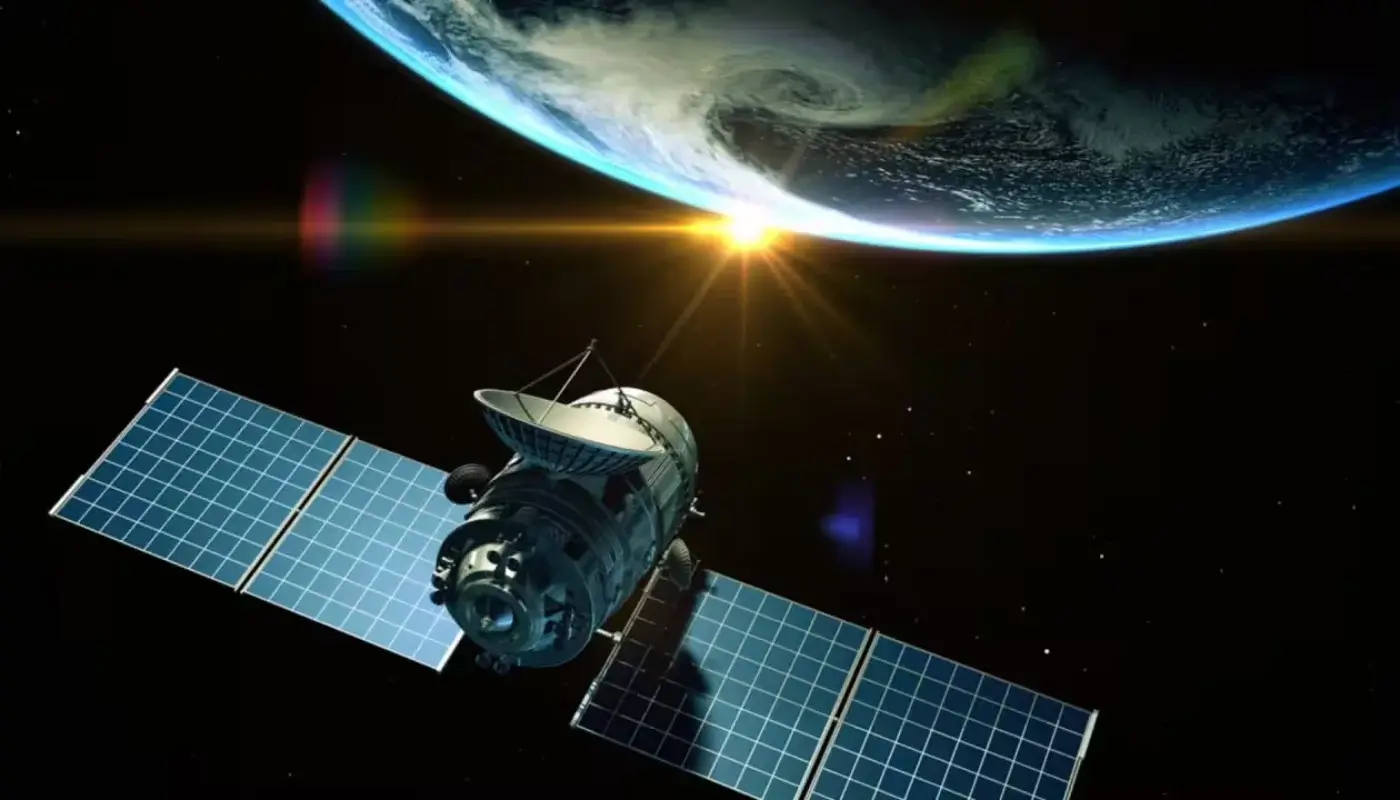
The Japanese government is likely to be the first in the world to implement technology that will allow the direct transmission of solar energy from space to Earth. According to Pubity, the country is testing an innovative project called OHISAMA. OHISAMA means “sun” in Japanese. This project could usher in a new era of energy supply not only for Japan, but also for all of humanity.
The sun in space is a source of energy day and night
The most important feature of this project is that it can produce clean energy not only during the day, but also at night, like solar panels on Earth. In other words, the space panels will work continuously, regardless of the weather.
Japan's Space Systems Advisor Koichi Ijichi made a special presentation about this at an international conference held in London in April. According to him, the spacecraft prepared for the test weighs only 400 pounds and is equipped with a 22-square-foot solar panel. This device collects energy in an on-board battery and transmits it to Earth via microwaves.
How is the solar energy planned to be received?
The device travels at a speed of about 17,400 meters per second. Therefore, the receiving antennas on the Earth are stretched out over a distance of 25 miles and placed three miles apart. This ensures accurate and efficient reception of the energy transmitted via microwaves.
So far, the satellite is planned to transmit 1 kilowatt of power from an altitude of 250 miles. This amount of power is enough to operate a household appliance such as a dishwasher for 1 hour.
First Tests — Small but Important Steps
Japan wirelessly transmitted 1.8 kilowatts of power over a distance of 55 meters in 2015. In the next stage, it was possible to transmit 10 kilowatts of power over a distance of 500 meters. Following these indicators, it is now planning to move on to production on a scale that will feed entire cities.
Gigawatt-generating satellites in geostationary orbit
Japan's big goal is to launch giant satellites in geostationary orbit in the future, equipped with solar panels that can each produce 1 gigawatt of energy. This means one million kilowatts. Such energy capacity will provide uninterrupted power to hundreds of thousands of households.
A major step towards energy security and global stability
If the project is implemented, it will be possible to create a sustainable energy source in disaster-prone areas, remote villages and places where electricity grids are lacking. This will be a very important scientific and technical joy not only for Japan, but also for the whole world.
The Zamin.uz editorial office highly appreciates this progressive initiative of Japan. This technology can not only ensure environmental cleanliness, but also be an important step in freeing humanity from energy dependence. The solution to the energy problems on Earth is now being sought in space. Read “Zamin” on Telegram!
Ctrl
Enter
Found a mistake?
Select the phrase and press Ctrl+Enter Related news
Information
Users of Меҳмон are not allowed to comment this publication.
Users of Меҳмон are not allowed to comment this publication.














